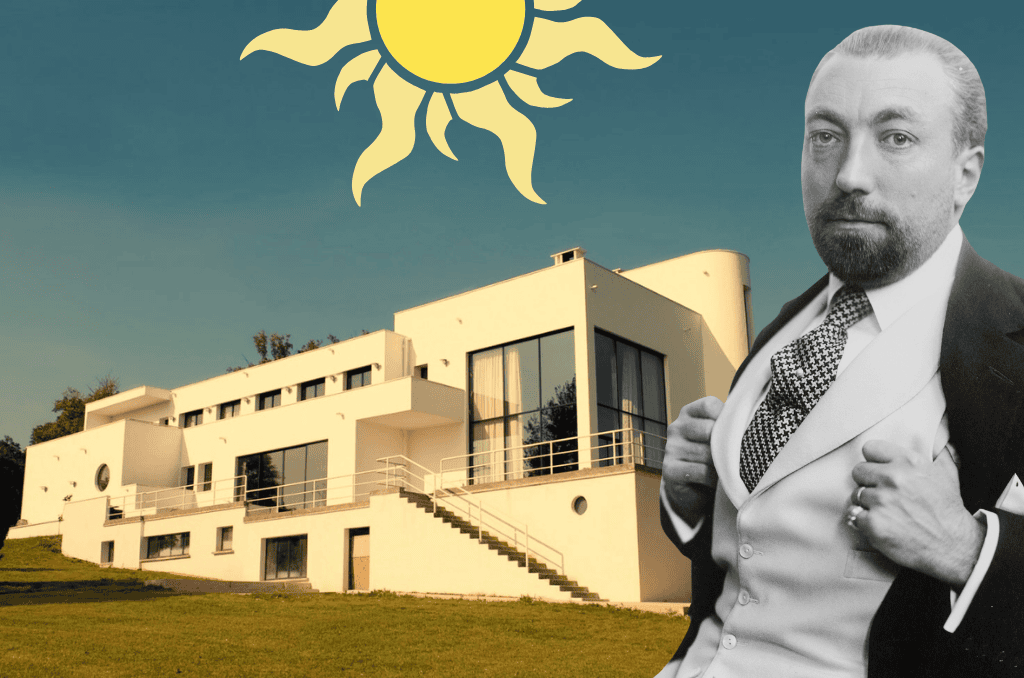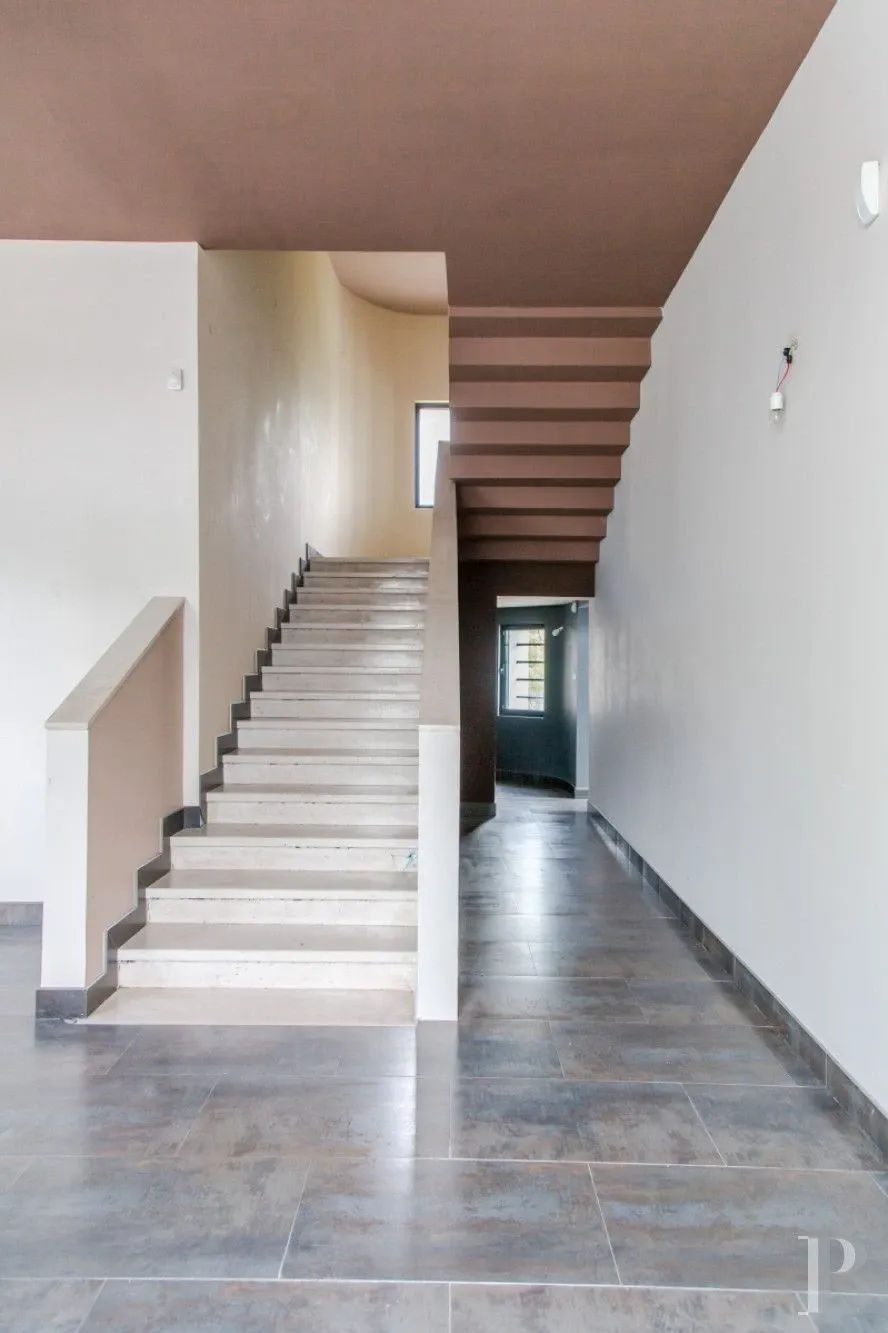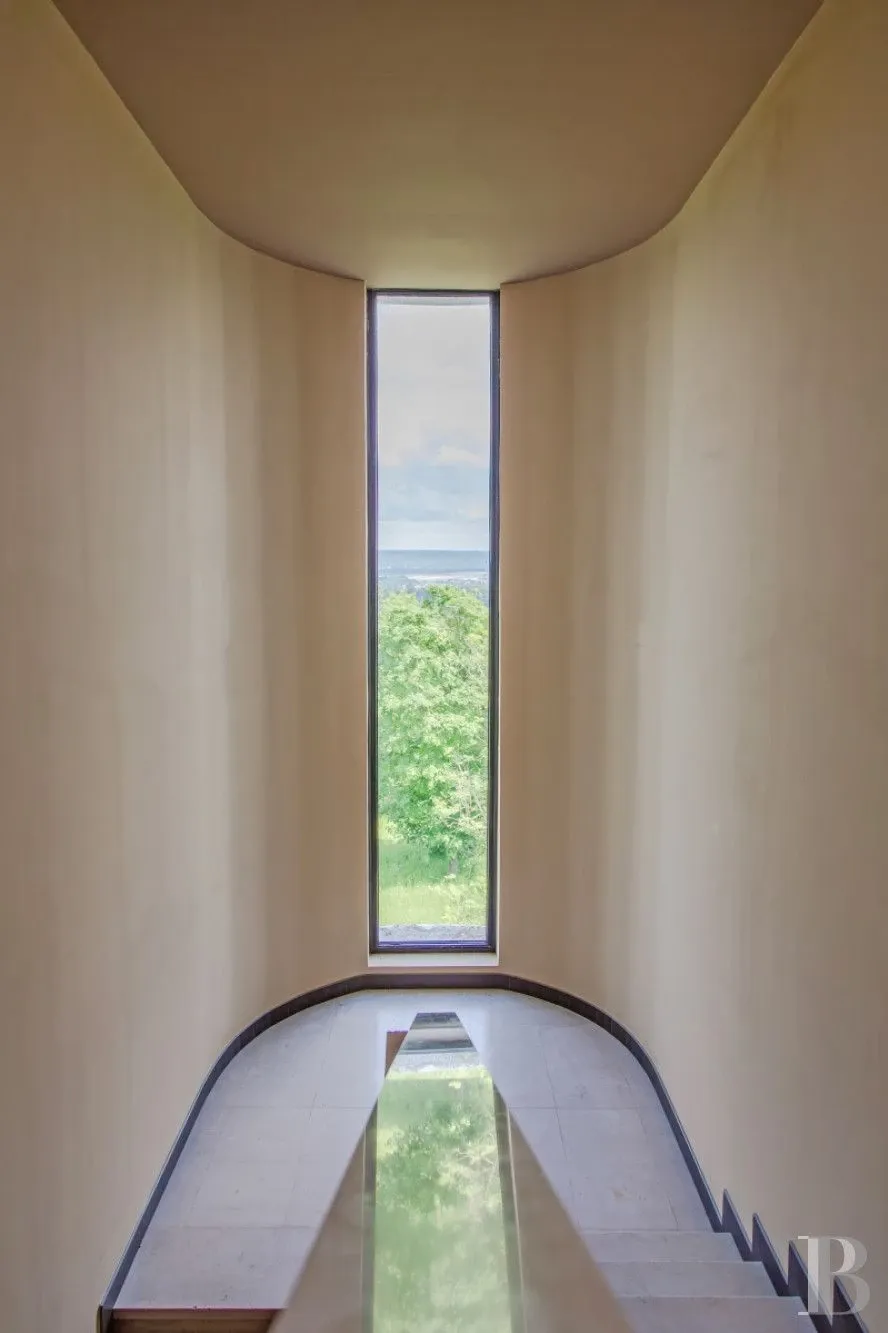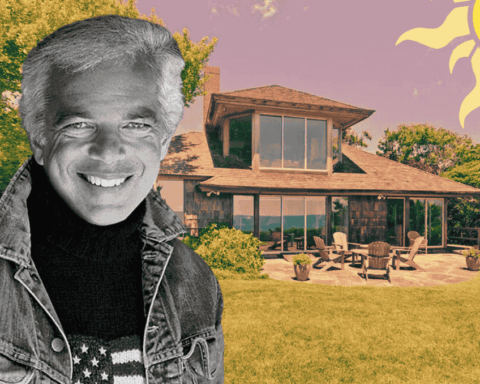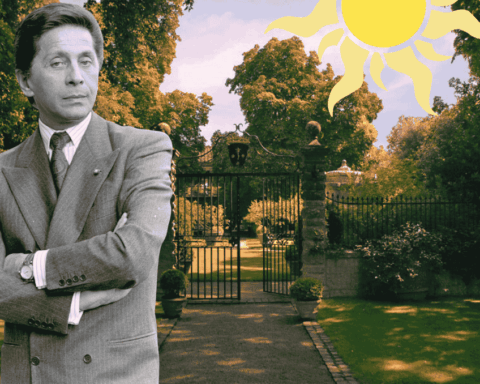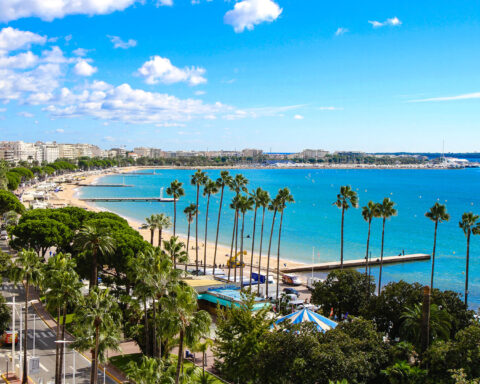From Miami to Tangier, via the French Riviera, Cascais and the Hamptons, the biggest names in fashion have found summer retreats far from the catwalks and spotlights where they can express their creative genius.
Legendary villas, family homes, secret workshops, and castles—each of these exceptional places embodies the spirit, audacity, and art of living of their famous owners. This summer, LUXUS MAGAZINE takes you on a weekly tour of a prestigious residence: a journey in nine episodes through the iconic vacation spots of the world’s greatest fashion designers.
This new episode takes us in the footsteps of Paul Poiret, an avant-garde fashion designer who built a villa in Mézy-sur-Seine that reflected his personality—a true architectural manifesto of an aesthete whose creative spirit still resonates today.
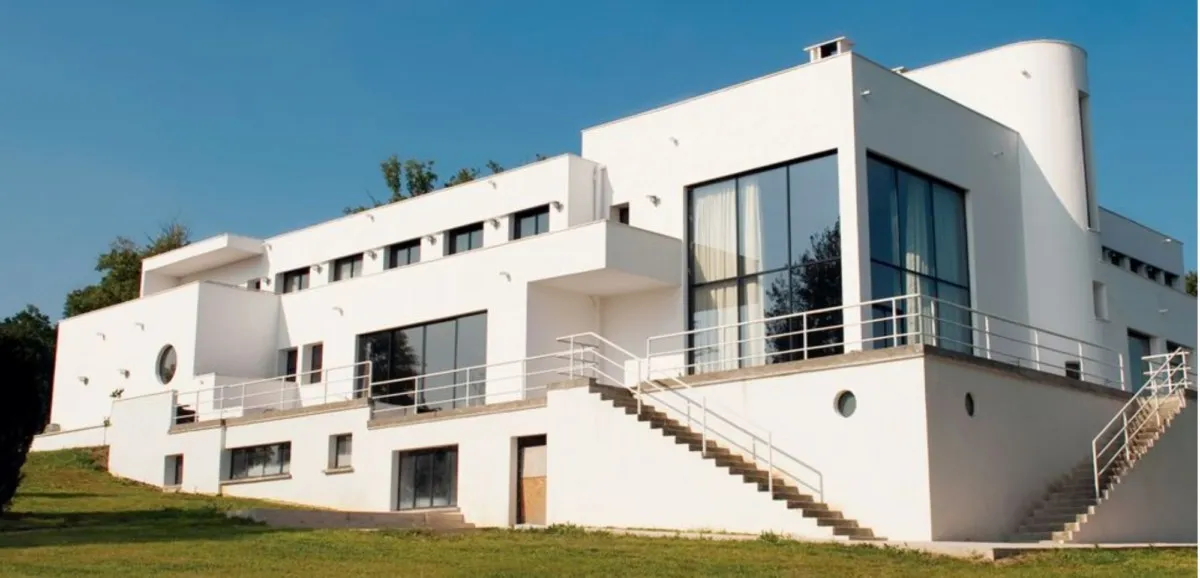
Nestled in the hills above the Seine Valley, the Villa Poiret continues to fascinate and intrigue visitors. More than just a second home, it was the dream come true of a man for whom creativity knew no limits or boundaries: Paul Poiret. This is the story of this unique residence, the flamboyant life of its owner, the enduring legacy of a pioneer who redefined the art of living in the early 20th century, and, finally, an unfinished dream.
Around 1921, at the height of his fame, Paul Poiret dreamed of a refuge that would reflect his worldview: liberated, radical, avant-garde. He acquired an old castle on a large plot of land in Mézy-sur-Seine, about 40 kilometers west of Paris.
This villa was to be both a country house and a place for socializing, capable of hosting fashion shows, receptions, and artists’ stays, far from the hustle and bustle of the city. But even more than that, the house was to embody Poiret’s ideal of a life conceived as a continuous celebration—far from convention, between nature and modernity.
Paul Poiret: the boldness of a pioneer and unrivaled master of ceremonies
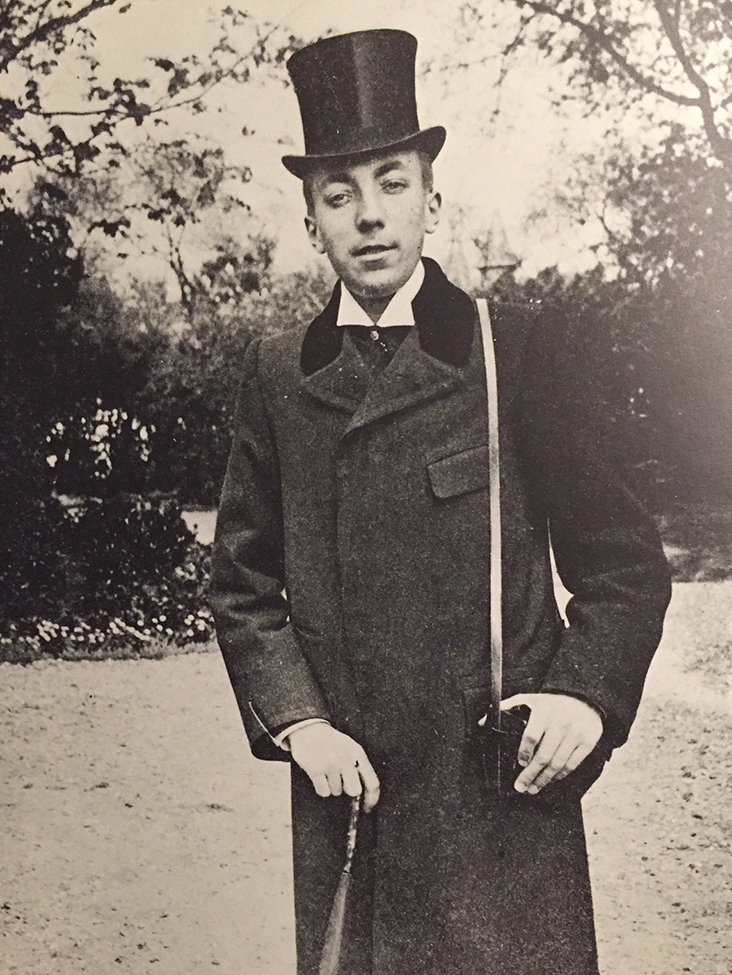
Before embarking on a daring renovation project at his villa in Mézy-sur-Seine, Paul Poiret had already turned the fashion world upside down. Born in 1879, he cut his teeth working for the father of haute couture, Charles Frederic Worth, before founding his own fashion house in 1903. He quickly established a radically new aesthetic, liberating the female body from the corset long before Gabrielle Chanel, and introducing loose-fitting cuts inspired by the Orient, Russia, North Africa, and the emerging Art Deco movement.
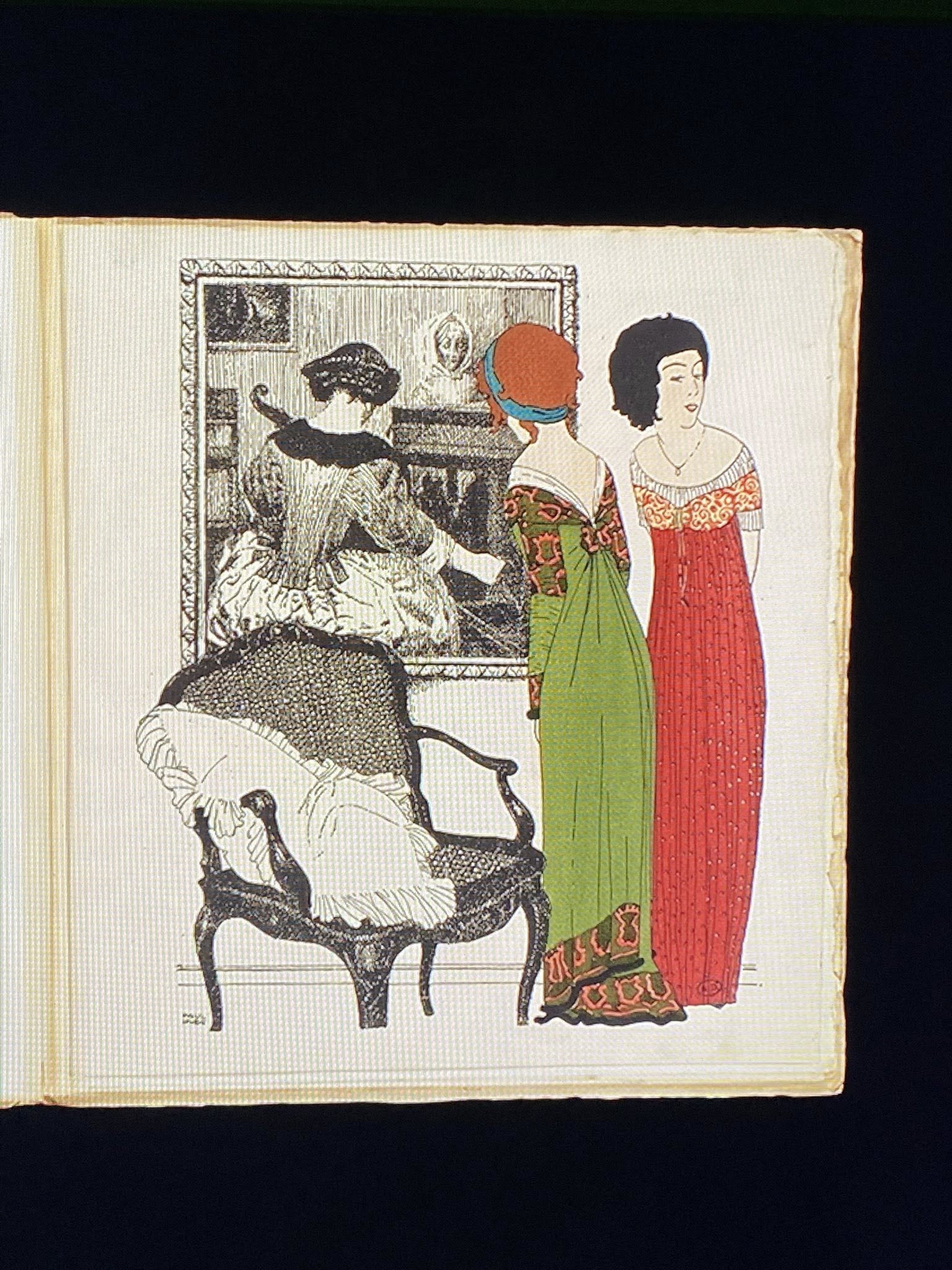
A visionary well ahead of his time, Paul Poiret embodied the idea of lifestyle before the term even existed. He didn’t just create clothes: he designed a whole world. In 1911, with Les Parfums de Rosine, he became the first couturier to launch his own perfume collection, which allowed him to pay tribute to his first daughter. Some of his fragrances, such as Nuit Persane, would become cult classics. He also understood the power of image and storytelling early on, surrounding himself with artists such as illustrators Raoul Dufy and Romain de Tirtoff, known as Erté.
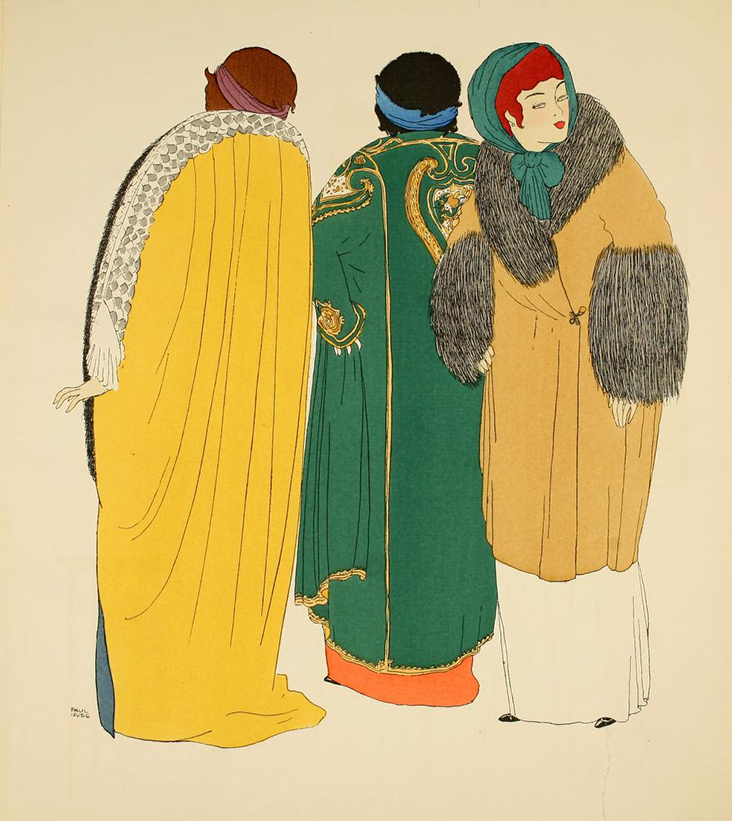
A flamboyant aesthete of the Belle Époque and the Roaring Twenties, he dressed women in flared tunic dresses, created the famous “robe entravée” (a tapered dress gathered at the bottom and held up by an inner martingale called an “entrave”), the Delphinium dress known as the “dress of happiness” (1912), dared to use pants, shimmering printed fabrics, and oriental embroidery, while carefully maintaining his legend with spectacular events that were unprecedented at the time.
However, no famous parties were ever held at the Villa Poiret in Mézy-sur-Seine. Although Paul Poiret had the villa built, he never held a reception there, as he went bankrupt before moving in and the house remained unfinished during his socialite days. His legendary receptions took place in his Parisian mansions, at the Pavillon du Butard in La Celle-Saint-Cloud and at the Villa Kermaria on Île-Tudy in Brittany. Among the famous parties that contributed to his legend, La Mille et deuxième nuit (June 24, 1911) was organized in the gardens of his Parisian mansion. This oriental costume party welcomed 300 guests and caused a sensation with its opulence, its decor inspired by the tales of the Arabian Nights, and the requirement that guests come dressed in Persian costumes. Fashion historians also remember the Les Festes de Bacchus party on June 20, 1912, at the Pavillon du Butard, which brought together 300 people. Among the prestigious guests, Isadora Duncan caused a sensation by dancing on the tables.
In the mid-1920s, the tide turned. The understated modernity of Gabrielle Chanel appealed to a new generation, the economic crisis weakened the fashion houses, and Paul Poiret, ruined, saw his star fade. The man who was nicknamed the “king of fashion” gradually withdrew from the catwalks and salons of Paris. The man who had embodied the splendor of the Belle Époque died in 1944, forgotten by the general public, as if erased by the winds of modernity that he had helped to invent.
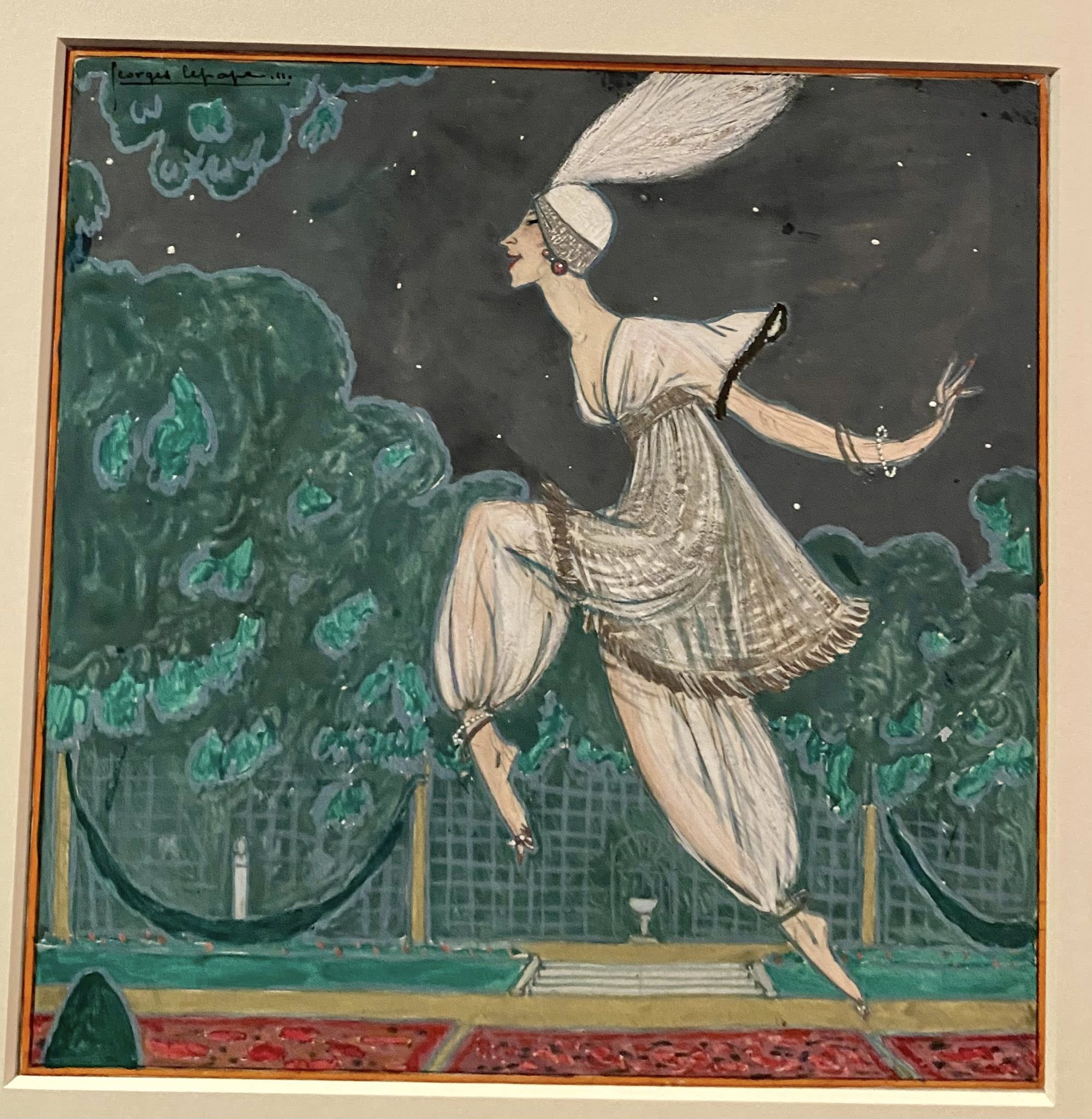
The architecture of the Villa Poiret: an unfinished masterpiece
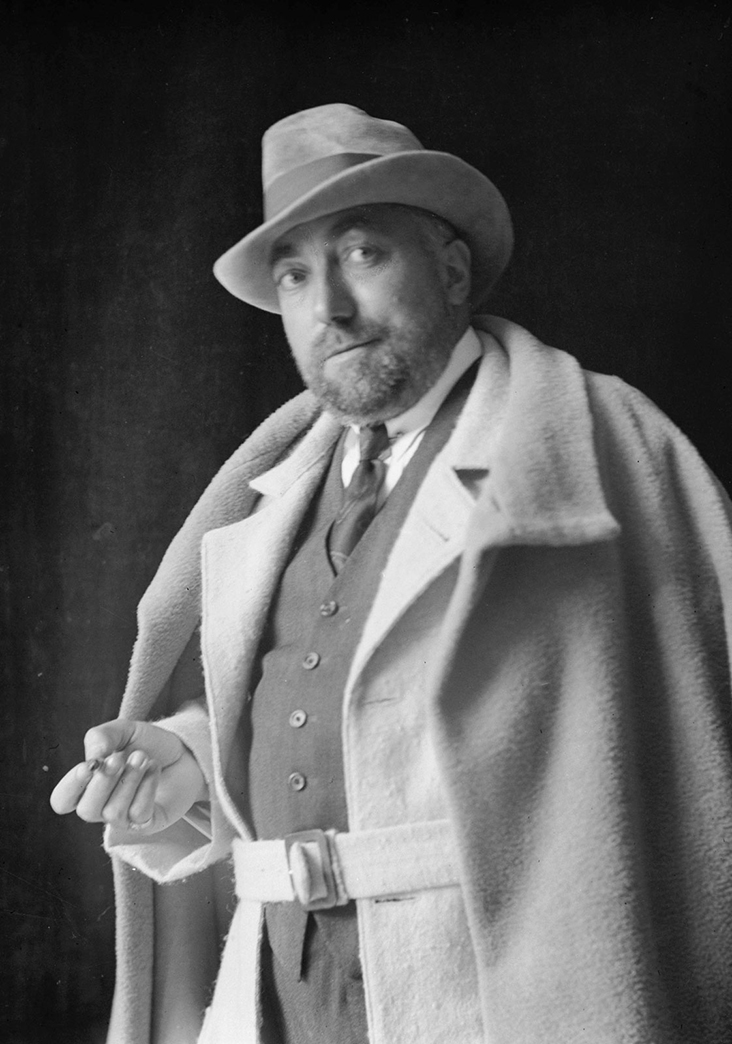
Designed as an avant-garde manifesto, the Villa Poiret stands out for its bold architecture: clean lines, geometric shapes, roof terraces, and huge bay windows create a striking silhouette, resembling a shipwrecked ocean liner on the heights of Mézy-sur-Seine. The complex, which was highly innovative for its time, evokes both the imagination of “The Great Gatsby” and the pioneering spirit of Art Deco.
In 1923, Paul Poiret entrusted the design of this residence to the young Robert Mallet-Stevens, an emerging figure in architectural modernism. The building, sometimes nicknamed the “Château de Mézy,” remains one of the few large private residences of its kind. Poiret wrote in his memoirs, “The house rose from the ground like a perennial plant, thanks to the care of the prestigious architect Mallet-Stevens. It was all white, pure, majestic, and a little provocative, like a lily.”
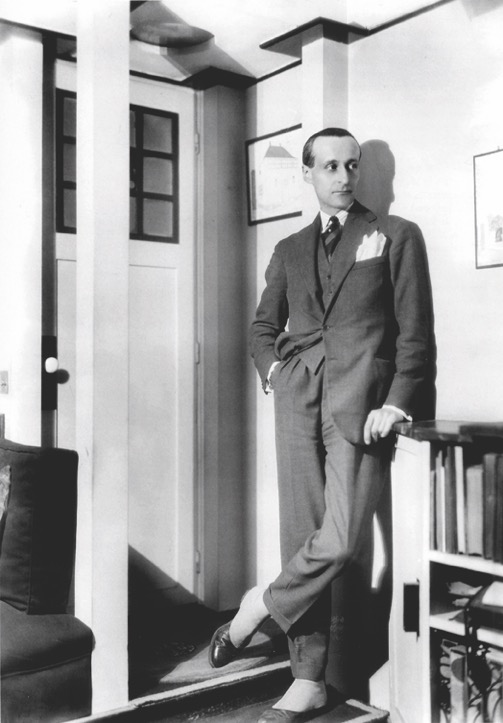
« The house rose from the ground like a perennial plant thanks to the care of the prestigious architect Mallet-Stevens.»
The villa stands out sharply from the architectural standards of the time. Its reinforced concrete frame, its interplay of cubic and cylindrical shapes, its monumental staircases, and its vast glass roofs make it a living sculpture bathed in natural light. Its U-shaped layout promotes fluid circulation and constant connection with the five hectares of surrounding parkland, offering a permanent dialogue between architecture and landscape.
Unfortunately, Paul Poiret went bankrupt before seeing his dream completed. He never lived in the villa, spending some time in the caretaker’s house. He declared with a touch of irony: « I own the only modern ruins that exist. But it’s only temporary. My enemies are in disarray. And the first thing I’ll do when I resume my business is finish this house ».
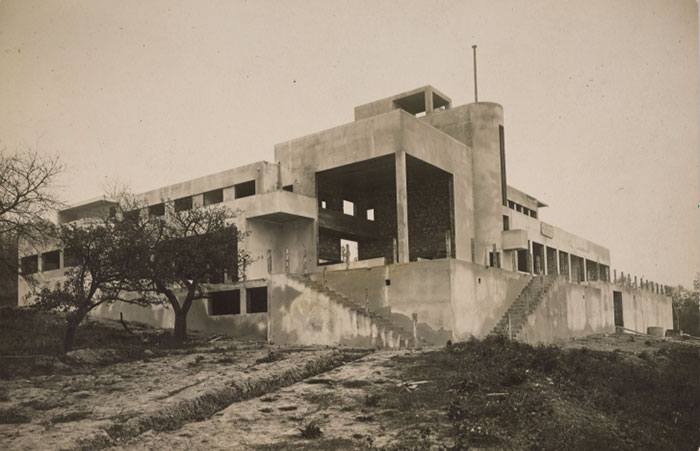
Today, the purity of its lines, the contrast between sharp angles and soft curves, and its transatlantic ship aesthetic—later emphasized by additions such as portholes—give the Villa Poiret iconic modernist status. This unique residence embodies Paul Poiret’s total vision, where couture, architecture, decorative arts, and lifestyle intertwine with rare ambition. It evokes the utopias of the Bauhaus, while asserting a personal style that is flamboyant and radically free.
A forgotten place, then restored
What was temporary became permanent: Paul Poiret would never see his villa completed. With the structural work barely finished, the project, too ambitious for its time, was abruptly halted. In 1930, driven by financial difficulties, the couturier was forced to sell the house to actress Elvire Popesco. She made a few changes, without altering the exceptional spirit that permeates the place.
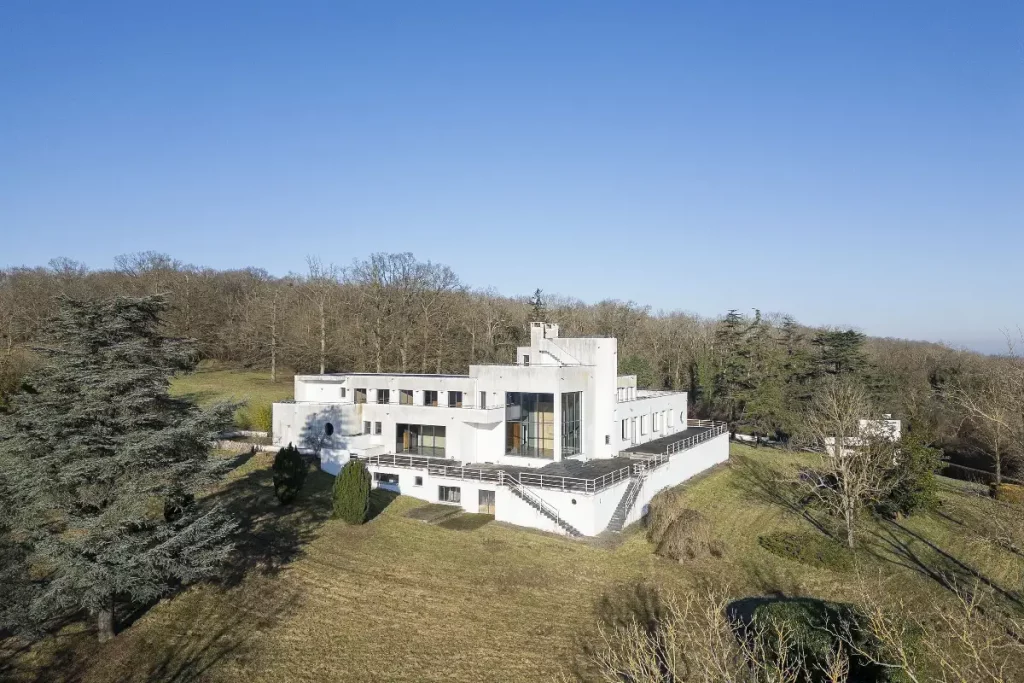
Over the decades, the villa changed hands several times and fell into partial disrepair before being listed as a historic monument in 1984, a belated but well-deserved recognition of its unique architectural value. Robert Mallet Stevens once said, « Good ideas have no age, they only have a future ».
« Good ideas have no age, they only have a future »
The villa’s history is punctuated by surprising episodes. Among them is the famous “Mézy confrontation” in 1991: Sidney Nata, the villa’s eccentric owner, brought together seventeen of the biggest names in contemporary architecture—including Norman Foster, Richard Meier, Frank Gehry, Renzo Piano, Jean Nouvel, Ricardo Bofill, Tadao Andō, Christian de Portzamparc, and Vittorio Gregotti—to design a visionary housing development around the house. The project never got off the drawing board, but it gave the villa a special place in the architectural imagination. When Sidney Nata, a businessman in debt, died, the villa was put up for auction. From then on, it entered a new era, that of real estate inheritance. An industrialist bought it in 1999, followed in 2006 by art dealer and developer Laurent Brun, who had the basements redesigned by architect Jean-Michel Wilmotte.
In May 2016, it was the turn of real estate developer Jean-Pierre Jarjaille to buy it for €2.2 million. The saga of this property, caught between modernization and speculation, continues. Put back on the market for around €4 million, the Villa Poiret is now owned by a private individual. Although closed to the public, it continues to fascinate architecture enthusiasts.
Even today, its white silhouette stands above the meandering Seine, like a sentinel of modernism. With 800 m² of living space spread over two floors, surrounded by more than five hectares of wooded parkland, the villa offers a breathtaking panoramic view of the valley, all the way to the Eiffel Tower. It remains one of the major works of Robert Mallet-Stevens and a jewel of the architectural heritage of the 1920s in the Île-de-France region—an intact vestige of an unfinished dream, but one that has never been forgotten.
The Villa Poiret in Mézy-sur-Seine is much more than a place of residence: it is the reflection of a man who dreamed his life as a work of art.
Perched on a hillside, this modernist residence bears witness to the visionary genius of Paul Poiret, a pioneer of lifestyle and master of total elegance. Although life did not allow him to live it to the full, the silence of its walls still echoes with the dreamlike sounds of a forgotten party, a heady perfume, and the rustling of a flowing dress. A refuge, a laboratory of ideas, and the intimate theater of a creator ahead of his time, the Villa Poiret remains a vibrant symbol of a free and flamboyant lifestyle.
Although this residence on the banks of the Seine remains hidden from prying eyes, it is possible to contemplate his work and stylistic legacy in an exceptional first retrospective at the Musée des Arts décoratifs in Paris: “Paul Poiret, Fashion is a Celebration,” from June 25, 2025, to January 11, 2026.
Featured image : montage of Paul Poiret portrait de Paul Poiret and its eponymous villa




